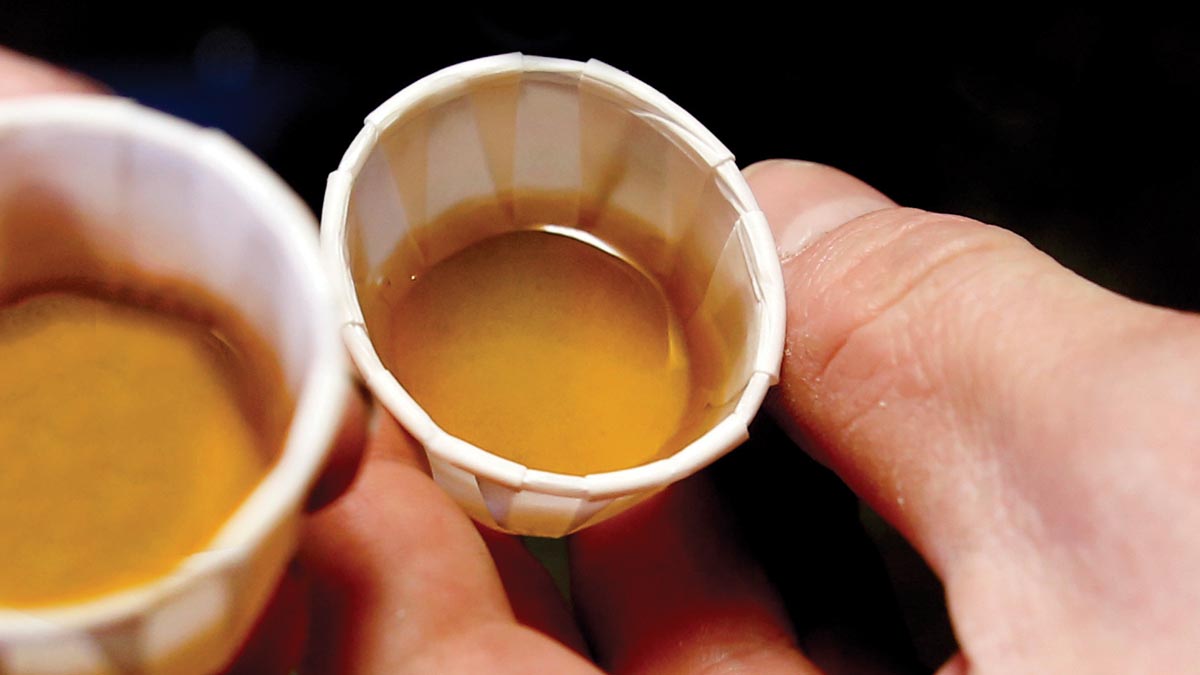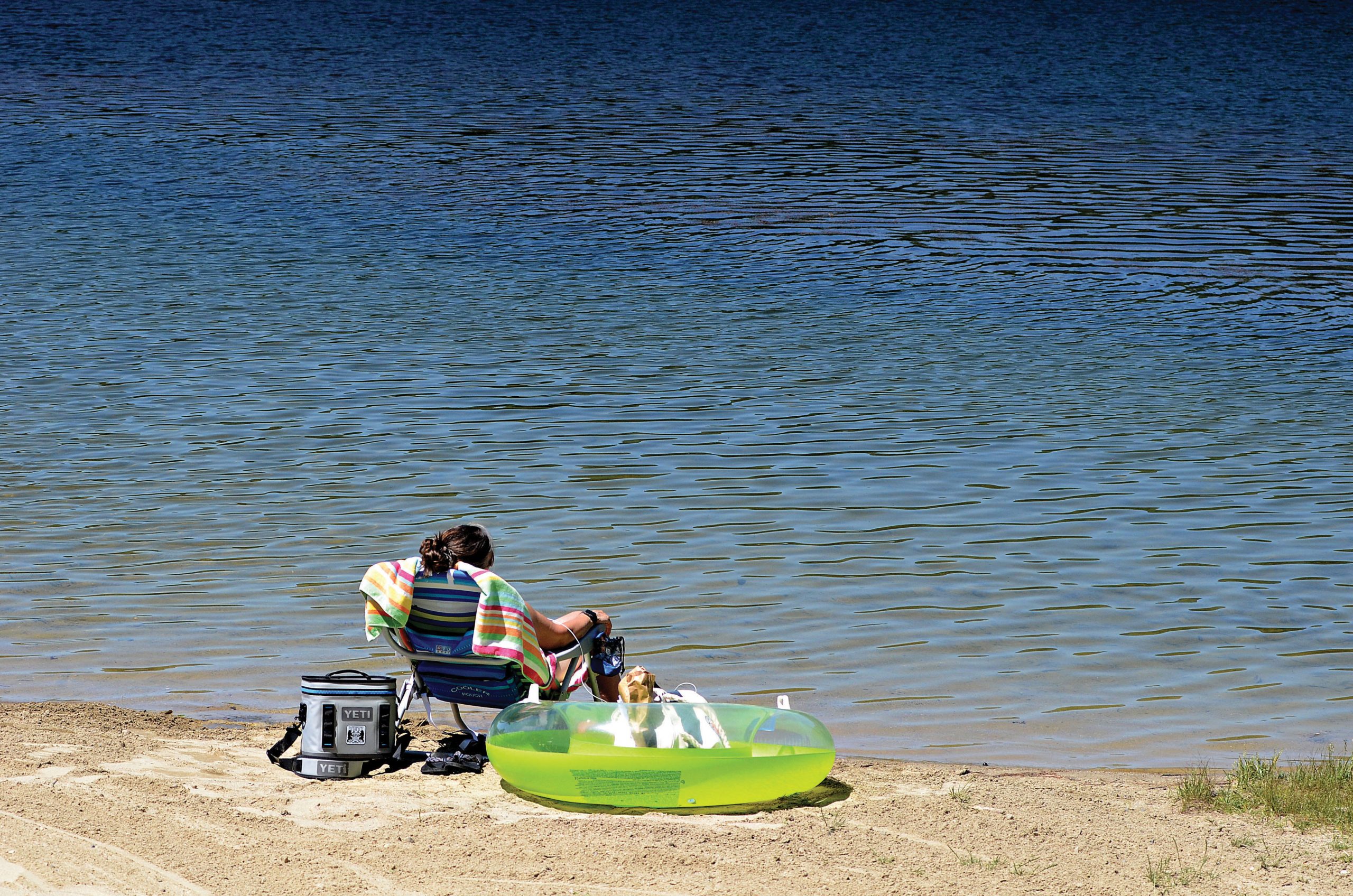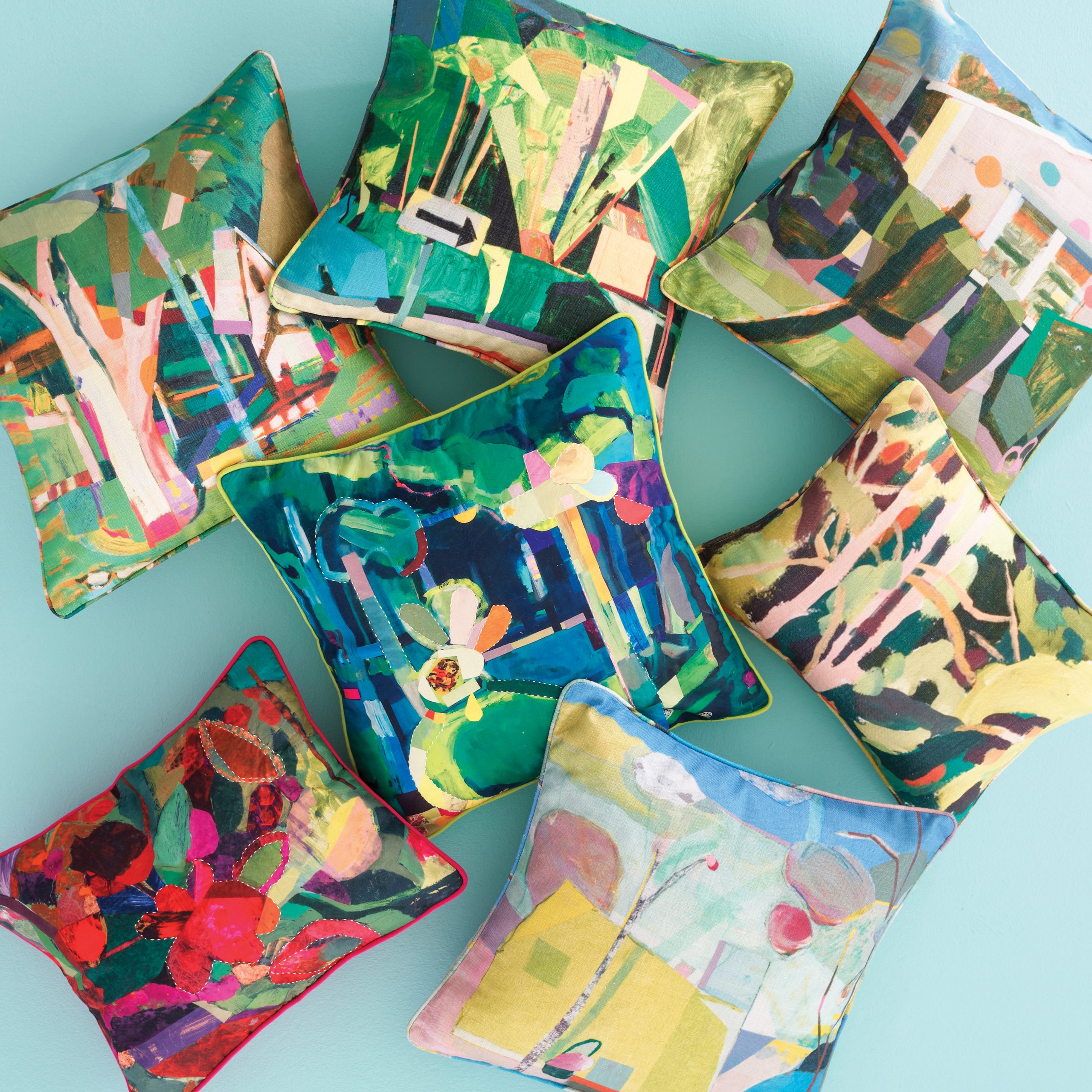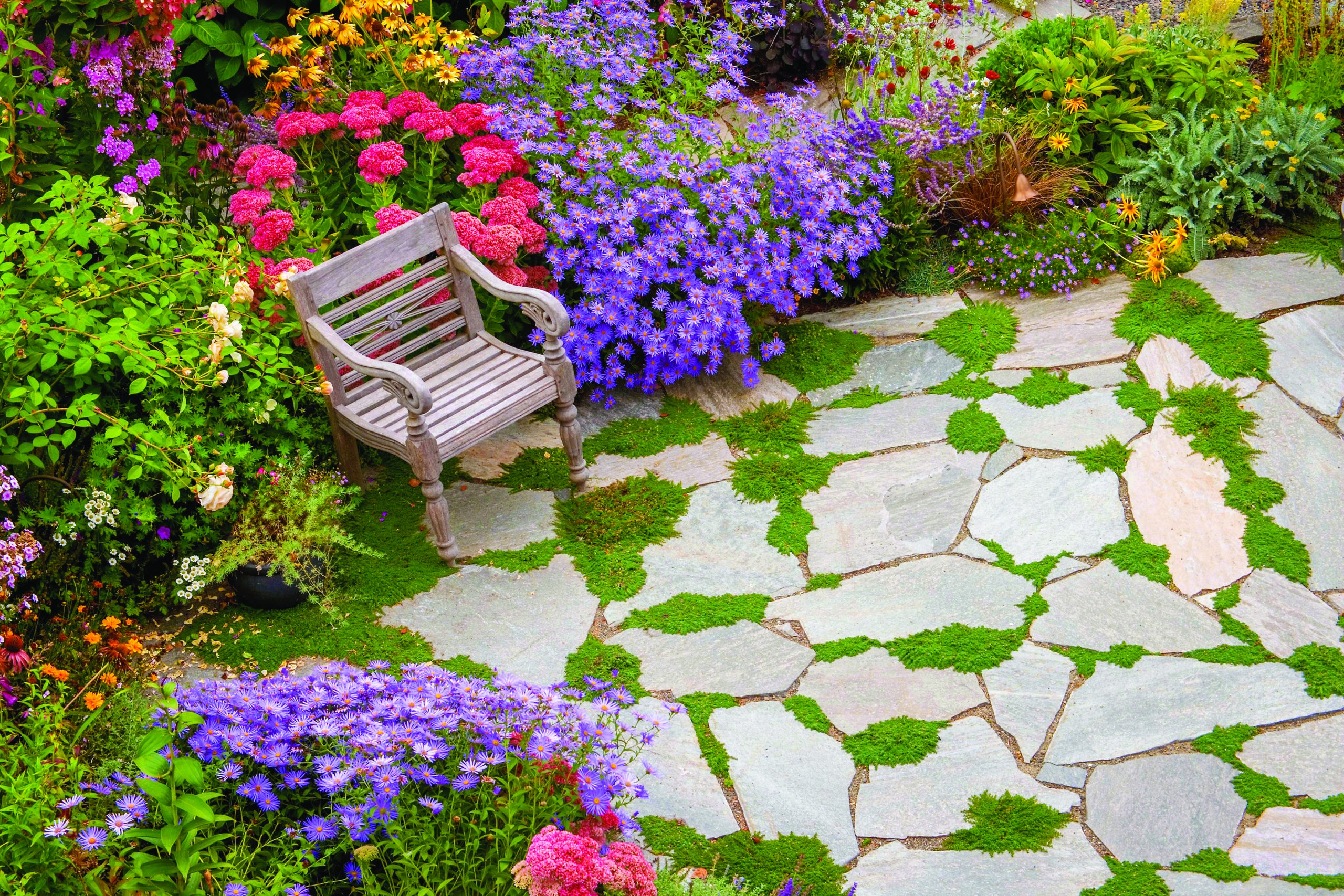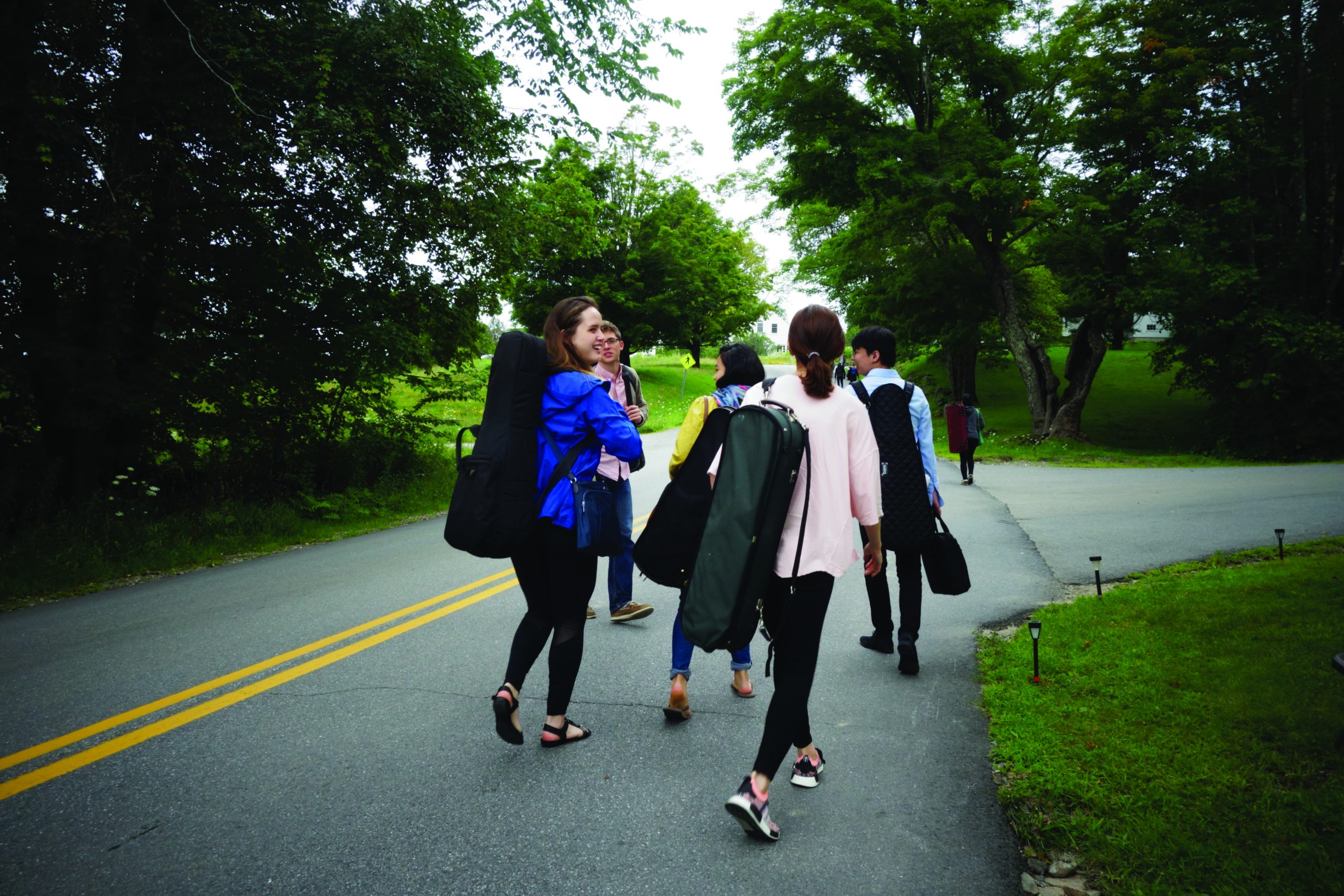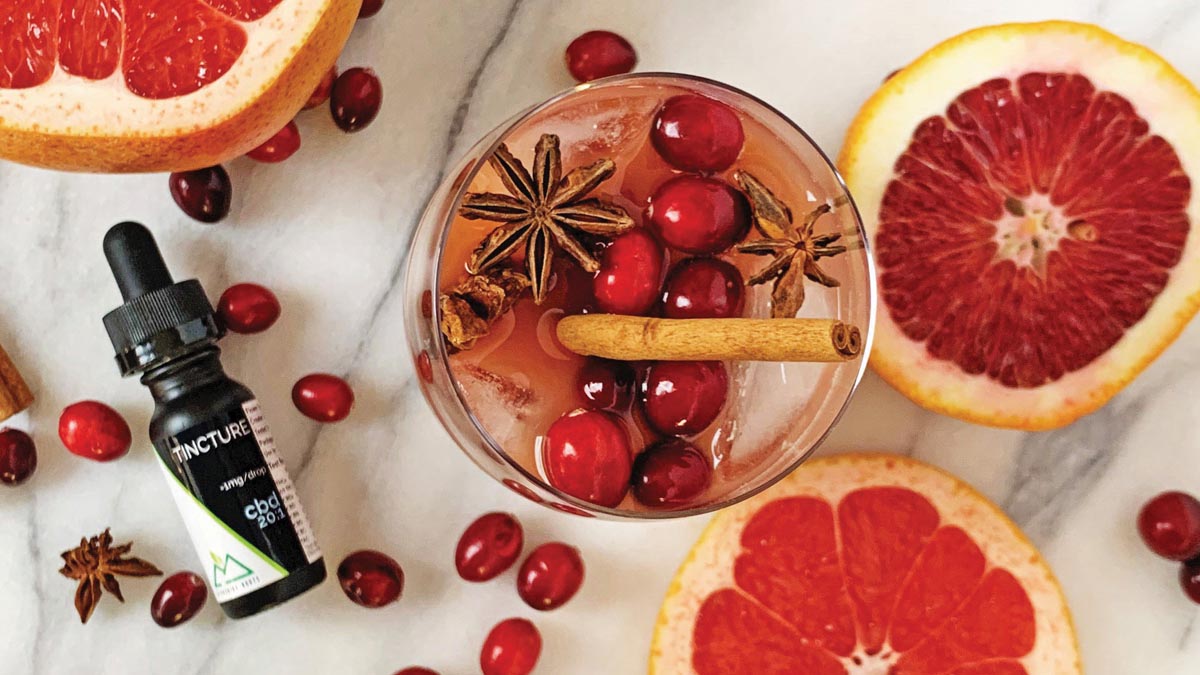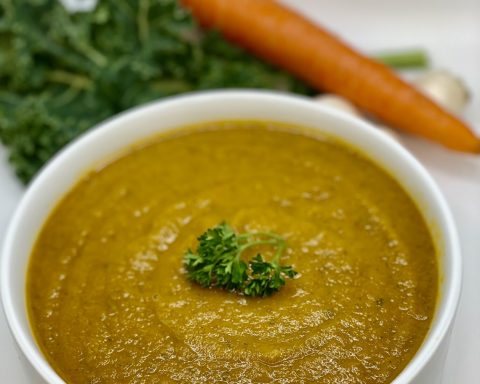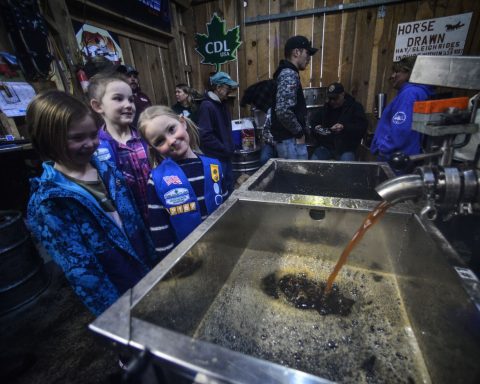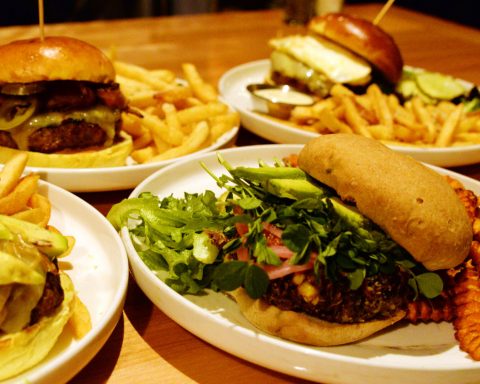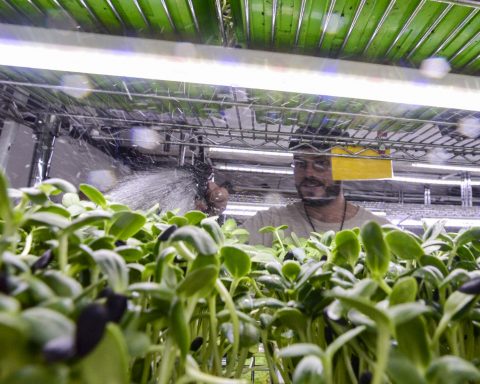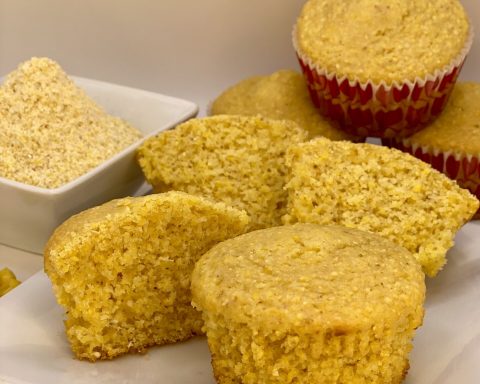Before you pour, know what type of maple syrup you’re putting on your pancakes

By Jennifer Huberdeau
HANCOCK, Mass.
If you haven’t been paying attention to the maple syrup grading system, you’re not alone. It wasn’t until about a year ago that I noticed something was different.
While in Vermont, I was looking for “fancy” maple syrup, the light amber syrup with a light maple flavor to match. I couldn’t find it. Nor could I find the Grade B syrup, with the strong maple flavor I needed for baking. Everywhere I looked there was only Grade A syrup.
My curiosity was piqued, but like many other maple syrup shoppers out there, I picked up one of the Grade A jugs at my local grocery store (this one happened to be from a sugarhouse in Charlemont) and went on my way. It wasn’t until recently that I began to ask: Why couldn’t I find Grade B maple syrup? And what happened to “fancy” maple syrup?
To my relief, a quick internet search found that the maple syrup grades I had come to know and rely on were still out there, just with different names. I was surprised to learn that the U.S. Department of Agriculture made the changes in 2015.
But, I still wasn’t quite sure why the changes had happened or what the benefits of the name changes could be. So, I reached out to a few sugarmakers in the Berkshires and Southern Vermont to see if they could answer my questions. And they did.
Change unites sugarmakers
“It put the United States and Canada on the same talking ground,” said Missy Leab, during a visit to Ioka Valley Farm in Hancock. “This was to get everybody uniform. So, when you travel, when you go places, when you buy maple syrup, everybody is talking in the same terms, with the same names and the same descriptions.”
Before 2015, each state had its own grading standards, she said. Vermont’s “fancy” syrup was the same as “light amber” in Massachusetts. Meanwhile, New York sugarmakers had a “very dark” grade that wasn’t comparable to offerings in other states.
“[The U.S.D.A.] did make a little bit of a change when it drew the lines between each of the flavors,” Leab said. “Every sugarmaker will tell you whether or not they agree with the changes or not. I think we’ve been able to do well with the changes over the last few years. We try to match the customer with what they want by offering samples. Offering samples is key to the grading changeover.”
And while the changes might be confusing for customers who were used to the old grading system, Leab said she sees the benefits of changing the names, especially in a state where the most commonly used type of syrup — the one most popular on pancakes and waffles — was named “Grade B.”
“Even before the grading change, people were always asking: ‘Why do I want something that’s called ‘Grade B’? Isn’t that inferior?’ ” she said. “I always tell people to taste it and see. It really depends on what flavor you’re looking for.”

The new names focus on the color and the potency of the syrup’s maple flavor.
Instead of calling a syrup Grade A: Light Amber or Fancy, the new grading system calls it Grade A: Golden Color and Delicate Taste. And Grade B? That’s now Grade A: Dark Color and Robust Taste.
Nikki Harlow, of Harlow’s Sugar House in Putney, Vt., said the change in the grading system has been confusing for those who knew the old system, but as customers adapt to it, it’s easier to use.
“I do think the new names have made it easier for consumers to understand. The names are more descriptive of the color and taste which can be helpful,” she said in an email. “We Harlows are all about our ‘Fancy’ syrup (which now would be Golden Color and Delicate Taste), so that would be my recommendation [to customers]. The dark [color and robust taste] is what most people use for baking, because of the deep maple flavor.”
Read more: UpCountry sugarhouses share favorite maple recipes
No changes to syrup production
What hasn’t changed is the way syrup is produced at your favorite sugarhouse.
Sugarmakers still are tapping trees in late January and early February in anticipation of the start of the season.
“We did boil once already, on Jan. 18, when we had that warm spell,” Leab said.
“Traditionally, March is ‘Maple Month.’ That’s when the most thawing and freezing happens; when the majority of the crop comes in. We have our most boils in March.”

In late January, Ioka Valley and Harlow’s Sugar House were about halfway through the tapping of their trees. At Ioka, the farm has 18,000 taps and produced over 8,000 gallons of syrup during the 2019 maple season.
“We balance out our market,” Leab said. “We retail a fair amount at our farm. Fortunately, ‘buy local’ is strong in the Berkshires. We have a lot of restaurants and schools that buy from us. We have enough in the barrels to sell to other sugarmakers. We have a very diverse portfolio as we expand. We’re very fortunate that maple season is my husband’s passion.”
Robert Leab, Missy’s husband and the third generation of the Leab family to farm at Ioka Valley, began sugaring in 1992.
“At the time, we were still milking cows. One of our hired hands suggested that to pass the winter months, Rob might enjoy making syrup. They tapped all the maple trees in the yard and had 13 buckets. They boiled over an open fireplace, on the wood stove in the shed and in the farmhouse kitchen, where they had pots and pans all over.
“After that first season, when they had made a few quarts of syrup, Rob’s mother said he was never going to boil in the farmhouse again. After all the boiling, the wallpaper wanted to start to peel off the walls and all the cabinets were sticky.”
Undeterred, Rob Leab tapped 100 trees in 1993. He purchased an evaporator, which he set up in the yard under a canopy. A sugarhouse followed the next year, and maple syrup became part of the family business.
At Harlow’s, where sugarmaking has been part of the family business since 1927, a fourth generation of Harlows is expanding.
“This year, we will have more taps than last, as we have redone a section of sugarbush that wasn’t tapped last year,” Harlow said. “This year, we will have about 8,100 taps; last year, we had about 7,500. We will, hopefully, produce more syrup this year. In the 2019 season, we made 2,500 gallons of liquid gold.”
Visit a sugarhouse

So, what do you need to know? Simply put, the lighter the color of the syrup, the sweeter the taste. The darker the color, the more “maple” the flavor.
But, don’t take my word for it. Go visit a sugarhouse, especially one that lets you taste its wares. Most sugarhouses in the Berkshires and Southern Vermont participate in one of the Maple Weekends in March or have regular hours during March. But, don’t wait too long — Mother Nature controls the length of the season.
“March is the month when people really want to get outside, but they can’t work in their yards yet because we still have snow or it’s still too muddy,” Leab said. “Then spring arrives and buds appear on the trees. When you can start working in your garden, that’s when we’re done. It’s a great way to get through mud season.”
If you go …
Ioka Valley Farm

3475 Route 43, Hancock, Mass.
413-738-5915, iokavalleyfarm.com
Sugarhouse, maple-sugaring activities and Calf-A open weekends through April 5, 8 a.m. to 3 p.m. Calf-A serves pancakes, waffles and French toast. Maple syrup (Golden, Amber and Dark) and maple products for sale.
Harlow’s Sugar House
556 Bellows Falls Road, Putney, Vt.
802-387-5832, or search Harlow’s Sugar House on Facebook
Sugarhouse and gift shop. Check its Facebook page for days and times it is open. The gift shop sells maple syrup (Golden, Amber, Dark and Very Dark), maple cream, maple candy and other Vermont-related items and gifts.
Attend an open house
Massachusetts Maple Weekend
March 21-22
For a complete list of participating sugarhouses and times, visit the Massachusetts Maple Producers Association website at massmaple.org.
Vermont Maple Open House Weekend
March 21-22
For a complete list of participating sugarhouses, a map and more information, visit the Vermont Maple Sugar Makers’ Association at vermontmaple.org.
